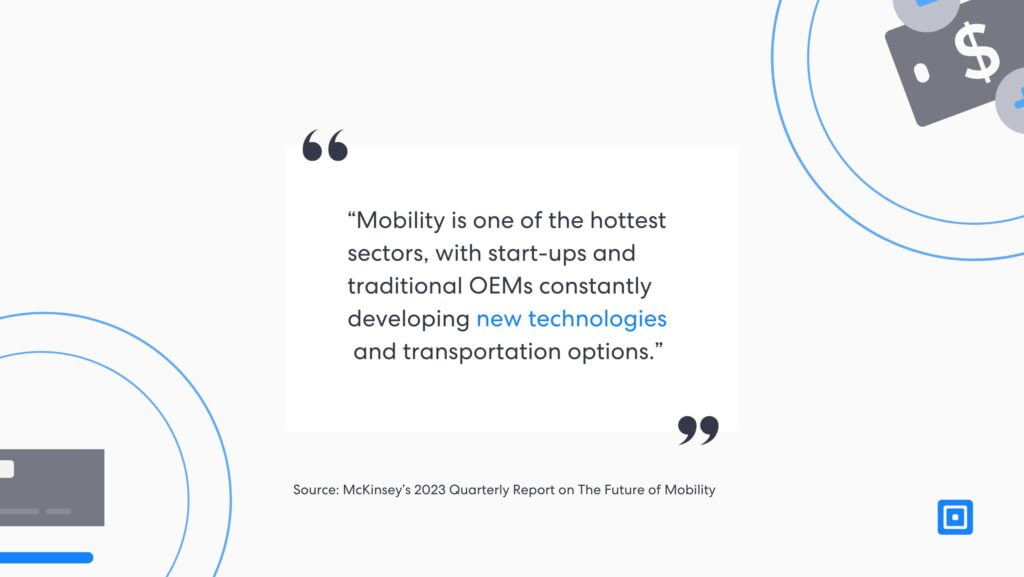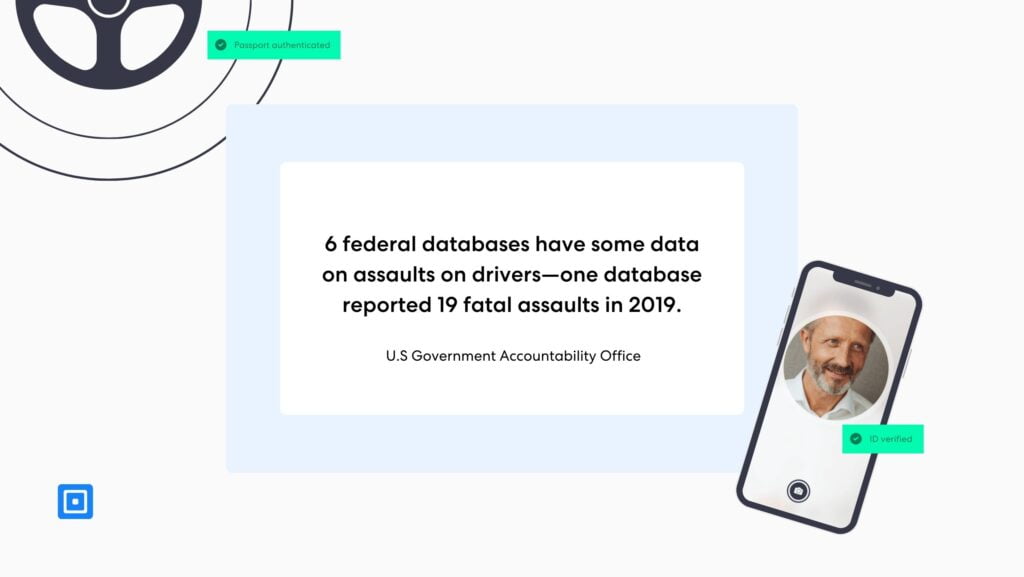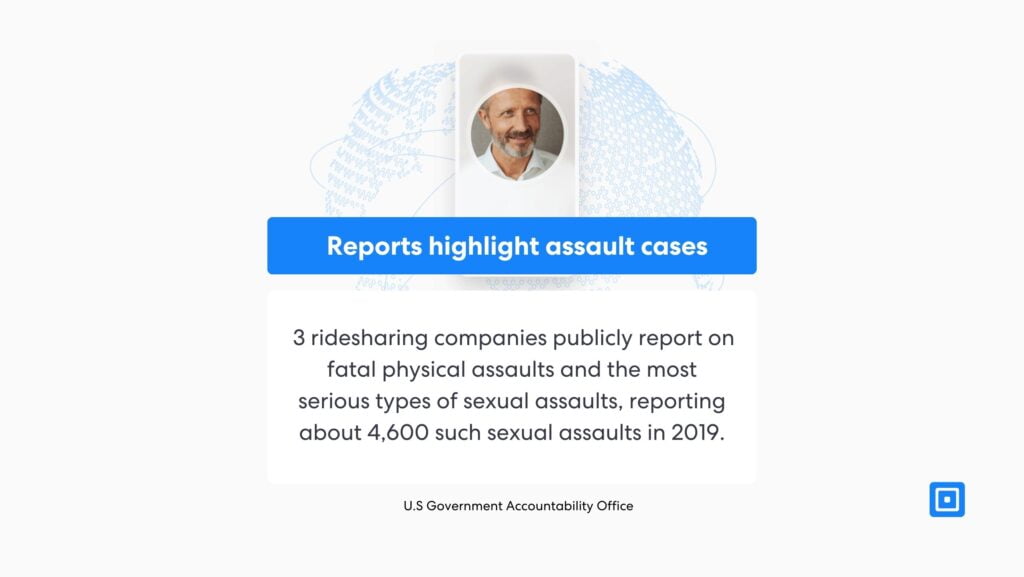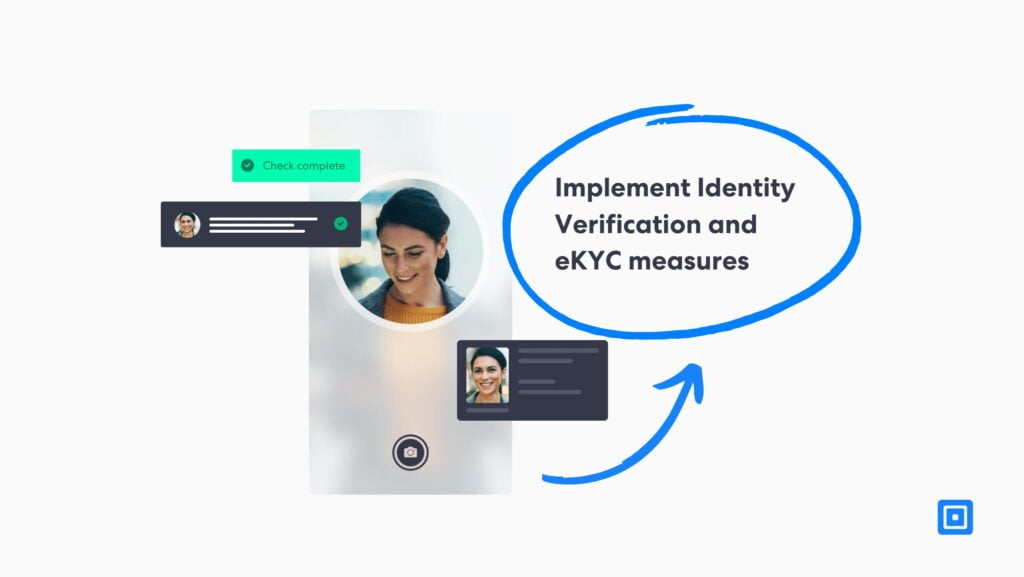We’ve all stepped into an unknown vehicle at 12 o’clock at night in a foreign location and had to remind ourselves that it’s perfectly safe, despite natural intuition warning us otherwise. Yet, as with almost any decision we make in our daily lives, there’s always some element of risk involved. But what if that risk could be drastically minimized? What if you had assurance that your driver was exactly who they claimed to be? The Mobility as a Service (MaaS) sector could provide this assurance by implementing robust passenger and driver verification processes, fostering greater trust and confidence in on-demand transportation services.
The tendency to assume that only the passenger is at risk is also a naive one, as Seattle News’ recent piece highlighting how a taxi driver was killed in the US by passengers clearly points out. The passengers had used fake profiles on the app and paid with a card under a fraudulent identity. The truth is, without extensive verification processes in place, none of us know who we’re in a vehicle with. Safety cannot be assured whether you’re a passenger or a driver. So – what needs to be done?
Convenience Is the Name of the Game
The mobility sector has been drastically growing over the past few years, as we can have a car pick us up in a matter of minutes. Almost everything can be delivered to our doorstep. Businesses like Deliveroo began offering solely takeaway meals, and yet now you can even order pharmaceutical products from Boots through their app. Convenience is the name of the game, as remote lifestyles demand goods and services brought to our homes on wheels.

This shift has given rise to the concept of Mobility on Demand (MOD), a new way of thinking about mobility anchored on the newfound ability to move people and goods whenever and wherever they are needed. The rise of autonomous vehicles and electric cars is further transforming MOD by making these services safer, more convenient, and more efficient. As these technologies become more widespread, they enhance MOD’s capabilities, allowing for more seamless integration into daily life.
When combined with Mobility as a Service (MaaS), MOD becomes even more powerful. MaaS integrates various mobility services into a single platform, often offering subscription packages that provide unlimited access to transportation on demand. This combination ensures that convenient mobility services are always within reach. However, as these platforms become more mainstream, we must constantly re-evaluate the safety measures in place as we risk them becoming outdated.
Neither Passengers Nor Drivers Are Safe
The US’s Government Accountability Office shared some statistics earlier this year (February 2024) that highlight the need for increased regulation of ride-sharing services.

6 federal databases have some data on assaults on drivers—one database reported 1 fatal assault in 2019.
3 ridesharing companies publicly report on fatal physical assaults and the most serious types of sexual assaults, reporting about 4,600 such sexual assaults in 2019.
Five taxi companies that were spoken to collect but do not publicly share incident data, which can include assault data.
This last point cannot go unnoticed. It opens our eyes to exactly what lurks beneath the facade of safety within these vehicles, as incident data being hidden from the general public is extremely worrying. But interestingly, these statistics also point to a safety risk for drivers when driving unverified passengers in their cars.

In considering this safety risk, we can look at the recent news piece shared by the Seattle Times highlighting a new court ruling to protect Uber and Lyft drivers from passenger attacks. The 9th U.S. Circuit Court of Appeals has ruled, in a 2-1 decision, that rideshare companies are required to conduct thorough background checks on customers. The case originates from a lawsuit filed by the family of an Uber driver who was fatally stabbed in Issaquah in 2020 by the passengers in his vehicle. The 9th Circuit ruled that Uber had failed to warn the driver that these passengers had opened an account using a fake name and an unverified form of payment. Attorneys argued that Uber had “failed to employ basic identity-verification technology,” pointing to a lack of robust checks on passengers.
What Kinds of Checks Are Needed?
Driver and passenger verification processes are an important next step in the future of Mobility-as-a-Service. Verification needs to be streamlined with accurate, efficient checks, including:
Document Checks: Verifying the validity of their driving licenses and any other essential government-issued documentation.
Biometric Identity Checks: They use a biometric facial recognition engine to examine biometric data from a provided selfie and compare it with government-issued documentation.
DBS Checks: Running a background check on whether drivers have committed criminal offenses.

The Future of the MaaS Sector

The safety of ride-sharing is not just the responsibility of MaaS companies but also a matter of public concern. Uber and other ride-sharing platforms must implement comprehensive verification systems for both drivers and riders, using advanced automated solutions to prevent tragic incidents and build trust.
ComplyCube provides top-tier driver verification services, featuring integration with the DVLA in the United Kingdom and the AAMVA in the United States. This enables highly thorough identity verification, document validation, and background checks for drivers.
Their extensive driver verification and competency assessments for the Mobility as a Service (MaaS) industry include connections with the Driver and Vehicle Licensing Agency (DVLA) in the UK and the American Association of Motor Vehicle Administrators (AAMVA) in the US.
To learn more, reach out to one of their compliance experts.



